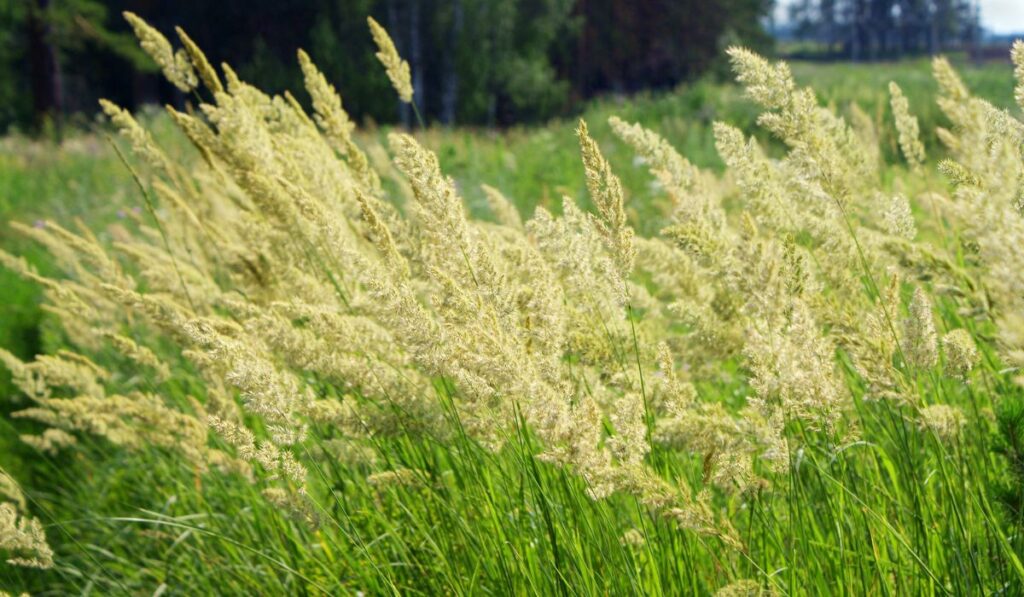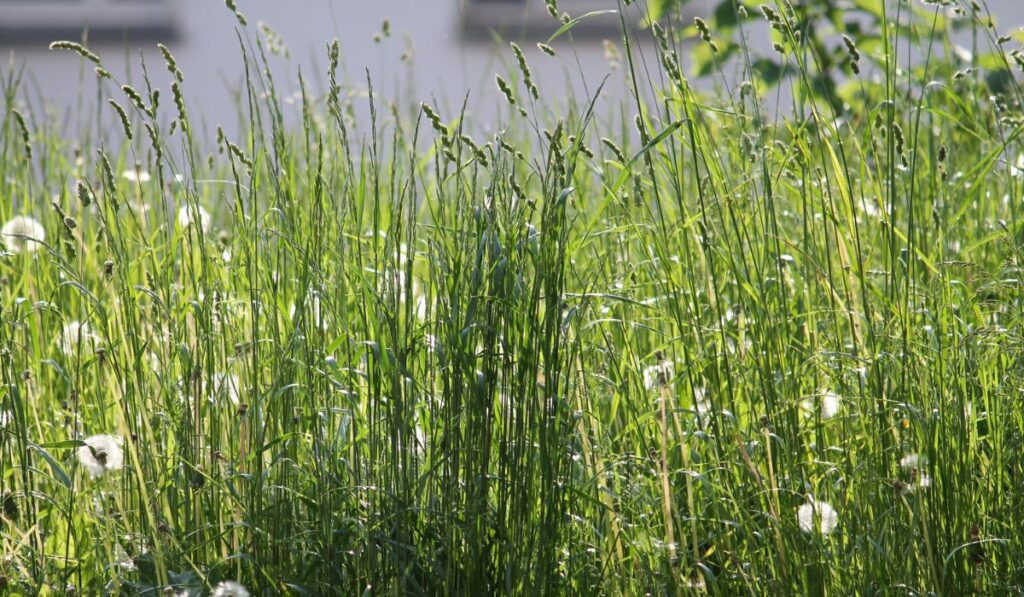Orchard grass is one of the fastest growing cool-season grasses, commonly used for grazing and livestock feed. Many farmers grow it with legumes to assist with nitrogen fixation. So, when should you plant orchard grass, and in which conditions does it grow best?
Orchard grass grows best in cool weather and should be planted in early spring or late summer. It’s ready for harvesting after 40-50 days, and you can let animals graze on it when the grass blades are at least 6 inches tall. Orchard grass does best in slightly acidic and well-drained soil.
Let’s explore how to grow orchard grass in more detail, so that you can proceed without any trouble. We’ll also look at why orchard grass is ideal for livestock grazing and the best time to plant it.
What Is Orchard Grass?

Orchard grass is a fast-growing grass variety that’s often used in animal feed. It grows in the wild worldwide and is a cool-weather plant, making it ideal for colder regions. Orchard grass is relatively easy to grow and hardy enough to withstand frost and windy conditions, making it better than hay as a winter crop.
While it’s not used for commercial animal feed, it’s ideal for grazing areas and free-range farms. The grass is more nutritious than hay and other common grass feed crops — and it’s perennial, which makes it easy to grow consistently.
If you’re looking for a cool-weather plant that’s ideal for grazing pastures and will establish itself well in the soil, orchard grass is ideal.
When Should You Plant Orchard Grass?
The ideal time to plant orchard grass seed (on Amazon) is in late summer or early spring. The grass grows best in cool weather but will die in extreme cold. You should plant the grass soon after the last winter frost — but be wary of early spring frosts.
If you’re planting orchard grass in the summer or fall, plant at least 8-10 weeks before the first frost. Avoid sowing the seeds in late spring or early summer, as the hot weather will restrict the grass’s growth.
Orchard grass is a cool-weather crop and will grow best in temperatures around 50 degrees Fahrenheit, but it can also withstand a certain amount of cold weather without dying.
However, even if you want to have established orchard grass by winter, you’ll need to plant it at least 6-8 weeks before the first frost arrives. This will give the seedlings enough time to become established in the soil so that they don’t get affected by the early winter frosts.
How Long Does It Take Orchard Grass to Grow?
Orchard grass grows rapidly and is ready for harvest around 40 days after planting. The seeds germinate in around 7 days, and the plant will become fully established in less than 2 weeks.
While these plants grow best in cooler weather, extreme high or low temperatures will cause stunted growth and can even kill the plant.
While orchard grass does grow rapidly, you need to prepare the soil a few months before planting. The soil should be slightly acidic and well drained to promote rapid growth.
If you’re using orchard grass for animal grazing, you can introduce livestock to the area when the grass is around 4-6 inches high. This is when it’s most nutritious and in need of trimming. If you’re harvesting the grass for storage, you can cut it around 40-60 days after planting.
Tips for Maintaining Orchard Grass
Orchard grass is very easy to grow, especially after the seedlings start maturing. However, you’ll have to prepare the soil properly and maintain it well for a faster harvest. Let’s explore some tips for planting and maintaining orchard grass.
Planting Orchard Grass
Orchard grass requires slightly acidic and well-drained soil to grow. The roots will establish themselves in most soils, and you can grow them in windy areas. Follow these steps to properly sow orchard grass seeds:
- Prepare the soil by testing the pH and tilling it lightly. Make sure the soil pH is slightly acidic or neutral (pH of 6.5-7). You can adjust the soil’s pH by adding lime or acidic fertilizers.
- Sow the seeds a quarter to half an inch deep. Avoid going deeper, as the seedlings will take too long to establish themselves.
Watering Orchard Grass
Orchard grass seeds need to be watered regularly until they germinate. Afterward, you’ll have to water them once a week to keep the soil moist. Avoid watering too much, as it may cause stunted growth.
While orchard grass is partially drought resistant, it will grow much slower if it doesn’t get enough moisture.
Other Tips for Maintaining Orchard Grass

- Plant orchard grass with beans and other legumes to promote nitrogen circulation.
- Avoid planting orchard grass with other grass varieties as they may not be able to compete.
- Use organic compost or potassium and phosphorus fertilizers.
- Practice rotational grazing, and don’t let livestock graze on the grass when it’s cropped below 3 inches.
